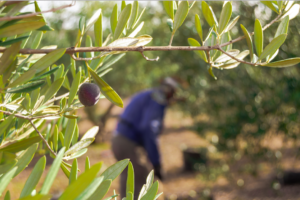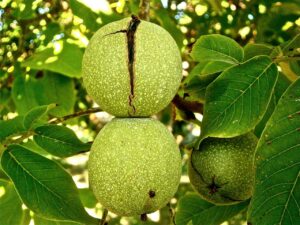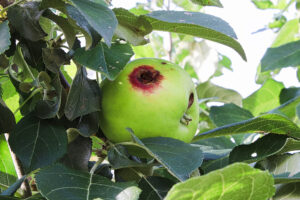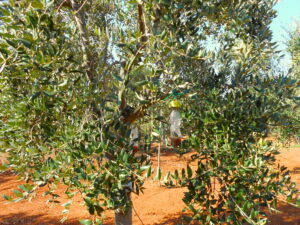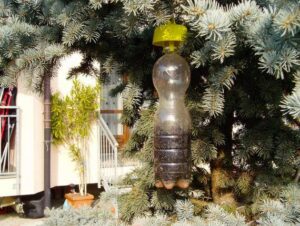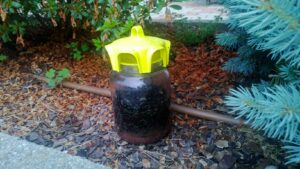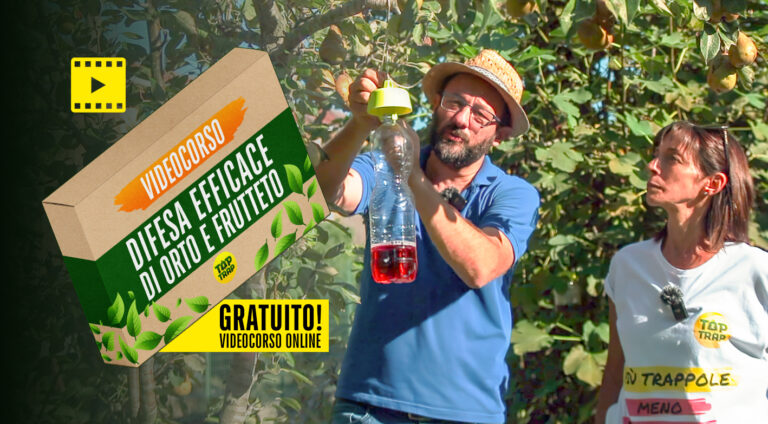Fruit fly traps are set in May and can be left in the field until the end of the season, so as to catch even the last flying adults.
Sommario
HOT TO PREPARE AN EFFECTIVE FLY TRAP
For effective trapping, it is very important to take these three things into account:
- the bait
- setting the trap
- keeping the trap active
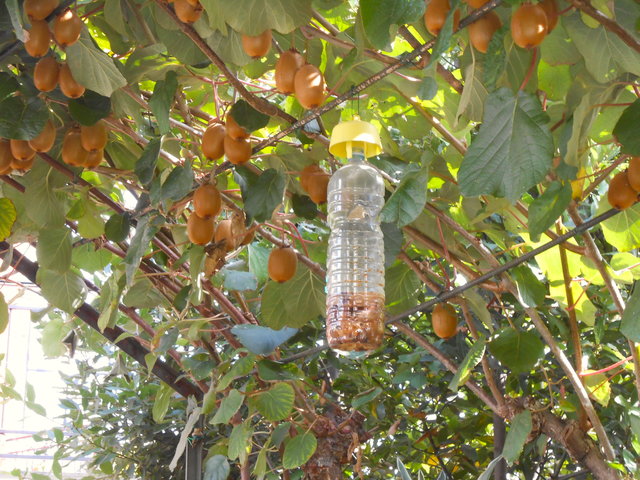
WHICH TRAP TO CHOSE
The best traps for fruit flies are the ones for mass trapping, such as Tap Trap and Vaso Trap: easy to prepare, durable and recyclable countless times. Both are environmentally friendly and exploit the attractiveness of the trap colour (yellow) and the smell of the bait (food grade, easy to prepare yourself).
TAP TRAP
To prepare a Tap Trap for the fruit fly, simply recycle a plastic bottle as a container for the attractant bait, without the original cap. Tap Trap for the fruit fly is attached to the neck of the bottle and hung on the fruit plant, taking care that it is well exposed to the sun.
VASO TRAP
Should there be a need to place the trap on the ground, Vaso Trap is the ideal fruit fly trap. Vaso Trap screws onto 1kg glass jars, such as honey jars: thanks to the wide base, the trap can be placed on the ground without running the risk of it tipping over in the wind.
HOW TO PREPARE THE BAIT
The bait for fruit fly traps is made from ammonia and raw fish: ammonia is one of the naturally occurring substances that the fly seeks out, while the addition of raw fish (such as sardines or scraps readily available at the fishmonger’s) is necessary to make the bait protein-packed and more palatable.
RECIPE – PREPARATION
- Take a plastic bottle without the original cap.
- Insert half a litre of water and a couple of sardines (or raw fish scraps).
- Hook Tap Trap onto the neck of the bottle.
- Place the trap hanging from a plant, at eye level, well exposed to the sun.
The trap prepared in this way will start catching normal flies which, by macerating inside the bottle, will create an attraction suitable for the fruit fly. Dead flies, in fact, release ammonia substances such as putrescine, which are very attractive to the fruit fly.
RECIPE – MONTHLY UPKEEPING
- Add cleaning ammonia, unscented, to the trap without removing the captured insects from the trap.
- Make sure to keep no more than half a litre of bait in the bottle in total: if necessary, empty a little liquid, taking care not to discard the captured insects and fish.
- Place the trap back in place.
Important: maintaining the fruit fly bait should be done once a month or so, or when you notice that the liquid inside the bottle has dried up. The addition of ammonia is necessary for the bait to remain active until the end of the season.
Never exceed a total of half a litre of bait inside the bottle.
HOW TO USE FRUIT FLY TRAPS
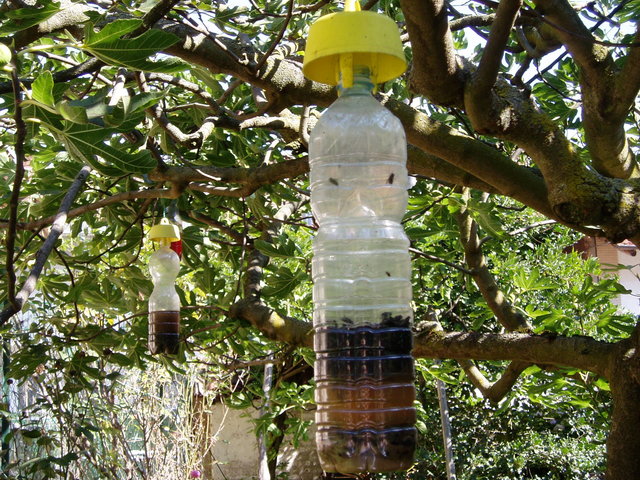
WHEN TO PLACE THE TRAPS
Fly traps are set in the field towards the end of May – beginning of June, when the adult flies and lays eggs. The more specimens that are caught, the fewer eggs they will lay. A good tip is to place them a few weeks earlier, perhaps as early as mid-May, to give the trap time to activate.
WHERE TO PLACE THE TRAPS
The traps are hung on the plants, taking care that they are well exposed to the sun: the heat, in fact, helps the bait to ferment and give off an interesting smell to attract other flies.
Fruit fly can attack different varieties of fruit plants, the most common being:
- Cherry tree
- Olive
- Walnut
- Citrus
- Peach
- Apricot
- Plum
- Apple
- Pear tree
- Medlar
- Kiwi
- Khaki
WHEN REMOVING THE TRAPS
Fruit flies perform about 3-4 generations per year in northern Italian areas, and up to 6-7 generations per year in southern areas. Each year the weather can be different from what we expect: it is a good idea to leave the mass-capture traps in the field until the autumn, so that even at the end of the season the last flying adults are caught.
USEFUL TIPS
Where to buy Tap Trap
- To find out which dealer is closest to you, please send an email to info@taptrap.com, or fill out this form
Customer Care
Read more
This article was written and edited by
Maura Rizzo
All photos, unless otherwise indicated, are Copyright Roberto Carello et Vanda Bellini.
Foto cover: @Nuzree – Pixabay


